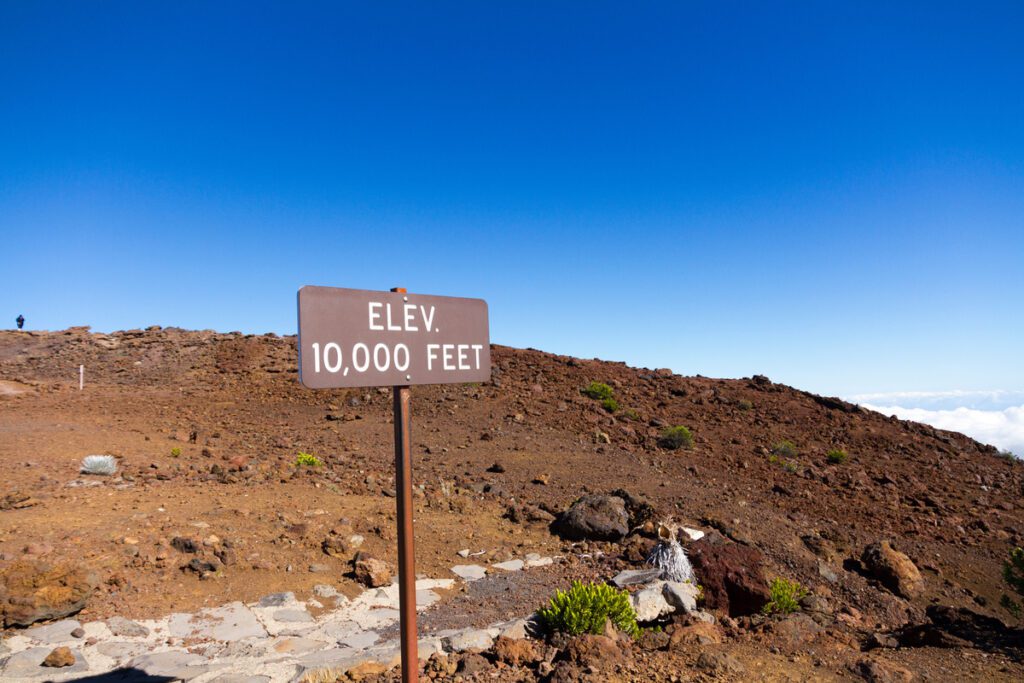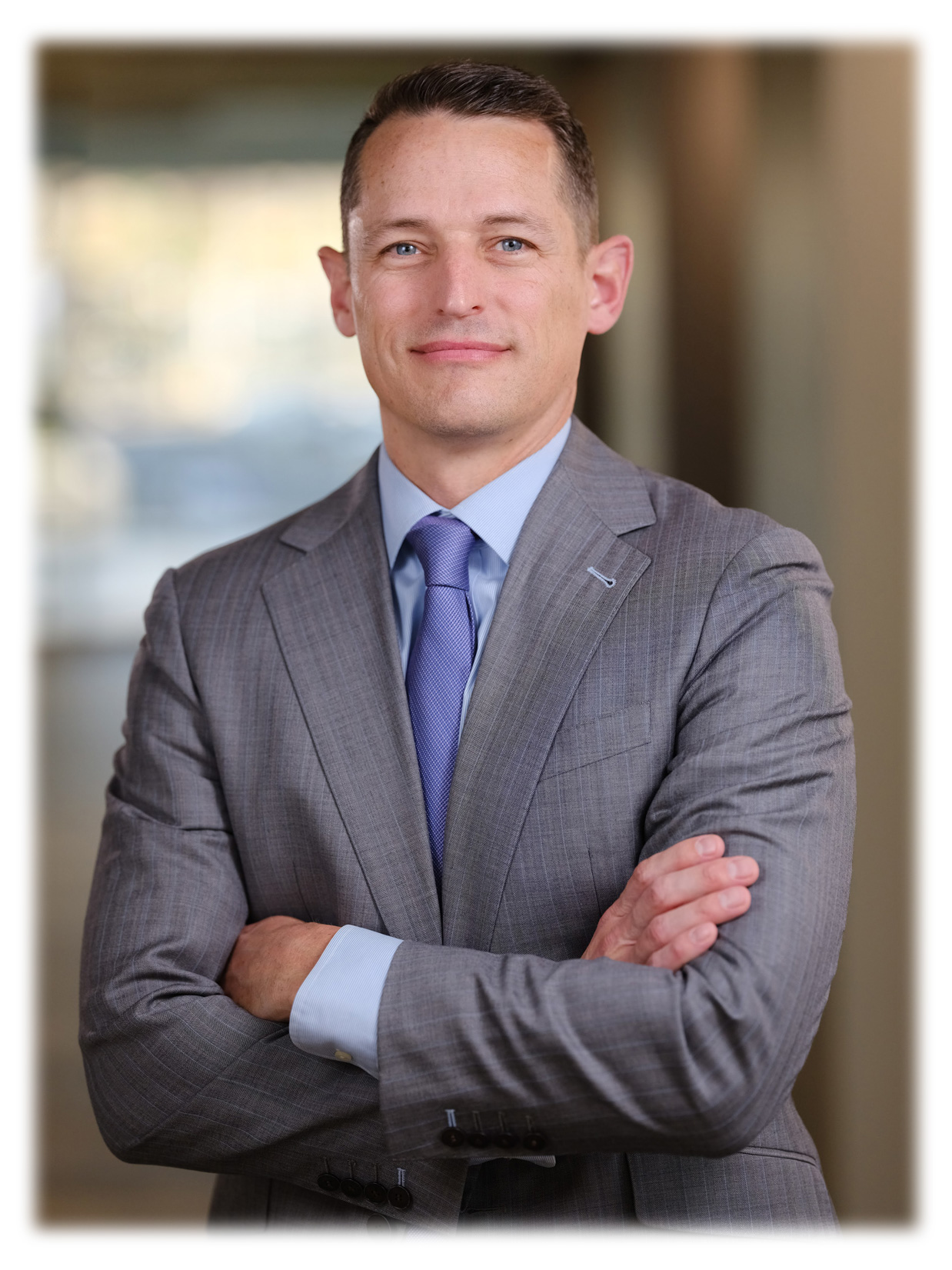We Utahns love our outdoor activities, and many of them, like skiing or hiking, occur at altitude. However, most of us don’t get to extreme altitudes in Utah since our highest peak is 13,528′ (King’s Peak.) However, we know many of you are adventurers who head out of Utah to various locations around our lovely planet and experience much higher elevations. Maybe you’ve wondered how high altitude affects you after LASIK. We’ve put together some questions we’ve heard from some of our more adventurous patients at Waite Vision. You’ll find LASIK is an excellent vision correction procedure, even for you high altitude-goers who like to be near the top of the world.
How does high altitude affect the healing process after LASIK surgery?
Traveling to high altitudes after LASIK surgery is considered safe, but there are a considerations to keep in mind.
A study found that eyes with prior LASIK exposed to extreme altitudes under conditions where the exposure is limited to 30 minutes or less, are expected to remain stable (source https://pubmed.ncbi.nlm.nih.gov/23066617/).
Another study on intraocular pressure (IOP) during a very high altitude climb found that while there were small but statistically significant changes in IOP, climbs to very high altitudes seemed to be safe with regard to IOP changes (source: https://iovs.arvojournals.org/article.aspx?articleid=2165337). This strongly implies IOP would have a minimal effect on LASIK healing.
However, it is generally recommended to avoid high altitudes immediately after LASIK surgery. High altitude can cause hypoxia (low oxygen conditions) which can lead to corneal edema (swelling). This condition is rare but can cause temporary vision impairment. (Source: https://pubmed.ncbi.nlm.nih.gov/19875651/)
Can high altitude environments impact my vision differently after undergoing LASIK surgery?
The majority of evidence shows your vision after LASIK is minimally influenced, if at all, by being at very high altitudes. Here are three studies:
-
Two physicians who had recently had LASIK (8 weeks prior and 14 weeks prior) tested their vision every 2000 ft as they climbed to Aconcagua (22841 feet) in Argentina. They experienced a small shift to nearsightedness as they got into the more extreme altitudes. (source: https://journals.lww.com/jcrs/abstract/2001/12000/effect_of_high_altitude_exposure_on_myopic_laser.23.aspx)
-
Another ophthalmologist tested his wife’s visoin who previously had LASIK as they summited 16,000 ft. He measured her vision and several other parameters, and the altitude had no effect on her vision.
-
In the mother-of-all altitude tests, six climbers who had LASIK summited Everest as part of a clinical study. Five of the six climbers reported no visual changes up to 26,400 feet. Three climbers noted no problems and perfect vision with their LASIK eyes on the summit of Mount Everest. One reported mild blurring with ascent above altitudes of 16,000 feet that improved with descent, or a prolonged stay at altitude. Two climbers reported mild blurred vision at 27,000 and 28,500 feet, respectively, which improved with descent.
(Source: https://journals.healio.com/doi/abs/10.3928/1081-597X-20030101-10)Very few of us will ever experience Everest-like conditions. These studies appear to show LASIK is a wise refractive surgery procedure for those who live and play at high altitudes.
Is there a recommended altitude limit I should adhere to immediately following my LASIK procedure?
While there isn’t a specific altitude limit recommended immediately following LASIK surgery, it is generally advised to avoid high altitudes for the first 2 weeks after the procedure. This is due to the potential for low oxygen conditions at high altitudes, which can cause mild corneal edema (swelling). Let Dr. Waite know if you’re planning to engage in high-altitude activities soon after your LASIK procedure.
When can I safely resume high-altitude sports, like mountaineering or paragliding, after LASIK surgery?
Patients can generally return to high altitude in as little as 2 weeks after the procedure if the precautions listed below are taken. For extreme altitudes of 16,000 feet or above, a longer wait may be warranted to ensure complete healing. Make sure to discuss any plans for being at extremely high altitudes with Dr. Waite.
Are you ready to take the next step in your vision journey?
What are the specific precautions I should take when engaging in high-altitude activities, like hiking or skiing, after LASIK?
When engaging in high-altitude activities like hiking or skiing after LASIK surgery, it’s important to take specific precautions to protect your eyes and ensure proper healing. Both the altitude and increased UV rays need to be considered. Here are some guidelines based on the search results:
Wear Eye Protection: Use sunglasses that provide 100% UV protection to shield your eyes from intense sunlight, which is stronger at high altitudes. For skiing, wear impact-resistant protective goggles to guard against snow, wind, and cold temperatures.
Avoid Strenuous Activities: Initially, avoid high-intensity activities that could lead to eye trauma. For skiing, most doctors recommend waiting at least two weeks before participating in this high-intensity sport.
Stay Hydrated: The air at high altitudes can be dry, which might affect your eyes more post-LASIK. Drink plenty of fluids to stay hydrated.
Avoid Dust and Debris: Be careful of dust or debris getting into your eyes. Wear eye protection for at least three months after surgery when engaging in outdoor activities.
Use Eye Drops: Keep your eyes moist and well-oxygenated with lubricating eye drops, especially when skiing, as your eyes can become drier.
Limit Exposure to Wind and Cold: Both wind and cold can irritate your eyes. Ensure that your eye protection provides a barrier against these elements when participating in activities like skiing.
Does being at a high altitude increase the risk of experiencing dry eyes after LASIK, and how can I manage it?
Being at a high altitude can indeed increase the risk of experiencing dry eyes after LASIK surgery. The air at high altitudes is typically drier, which can exacerbate the symptoms of dry eyes. To manage dry eyes in high-altitude environments, consider the following strategies:
Use Artificial Tears: Frequent application of preservative-free artificial tear lubricants can help alleviate dryness.
Wear Protective Eyewear: Sunglasses with wrap-around protection can shield your eyes from wind and sun, which can contribute to dryness.
Stay Hydrated: Drinking plenty of water can help maintain overall hydration and support tear production.
Use Humidifiers: If you’re indoors, using a humidifier can help increase the moisture content of the air, reducing dry eye symptoms.
Warm Compresses: Applying warm compresses to your eyes can help release oil from the tear glands, potentially increasing tear production.
Omega-3 Supplements: Some people find that taking Omega-3 fatty acid supplements, such as fish oil, helps alleviate dry eyes due to their anti-inflammatory properties.
Avoid Direct Airflow: Keep away from direct airflow from heaters, air conditioners, or fans, as this can increase tear evaporation.
Blink Regularly: When engaging in activities that require visual attention, such as reading or using a computer, remember to blink regularly to prevent tear film evaporation.
It’s important to note that while these measures can help manage symptoms, they do not address the underlying cause of dry eyes after LASIK.
How do varying oxygen levels at high altitudes my cornea after LASIK?
One concern is the potential for changes in corneal thickness at high altitudes, which could induce refractive changes in eyes that have undergone LASIK surgery (source: https://pubmed.ncbi.nlm.nih.gov/26107334/). However, a study found that eyes with prior LASIK exposed to extreme altitudes under operational conditions, where the exposure is limited to 30 minutes or less, are expected to remain stable (source: https://pubmed.ncbi.nlm.nih.gov/23066617/.)
Is it safe to fly, considering cabin pressure at high altitudes, shortly after undergoing LASIK surgery?
Yes, from an altitude perspective, it’s safe to fly after LASIK surgery. When an airplane is cruising at 40,000 feet, the pressure inside the cabin is equivalent to the atmospheric pressure of being at an altitude of 5,000 to 6,000 feet above sea level. This is not considered a high altitude. Dr. Waite typically advises his LASIK patients to wait 24 hours before flying. Just make sure to bring drops, because airplane cabin air is notoriously dry.
Didn’t one Everest climber have extreme problems with his eyes?
Yes, but that climber, Beck Weathers, didn’t have LASIK. He had a much older procedure called RK or Radial Keratotomy, not to be confused with PRK. Seaborn Beck Weathers survived the 1996 Mount Everest disaster, which was covered in Jon Krakauer’s book Into Thin Air (1997). In the process, he lost his vision while on Everest, compounding his problems. The RK procedure is very different from LASIK or PRK. The RK procedure Weathers had is an antequated technique performed by hand to reduce refractive error. In the RK procedure, a surgeon makes small but deep incisions with a diamond blade in the cornea with the goal of flattening the central cornea to reduce near sightedness. This eye surgery is not performed anymore in the United States. Modern LASIK and modern PRK light years ahead of RK and are nothing like it. Modern laser vision correction is performed by computer guided lasers and there are no deep incisions made in the cornea. The advanced laser technology available today eliminates the factors that caused Weathers his problems on Everest.
What are the highest elevations in the United States and in Utah?
If you want to try out crisp, clear LASIK vision at altitude, head to the far north and climb Denali Alaska at 20,310′ above sea level. For those of you wanting to stay in the contiguous United States, consider tackling a 14,000′ mountain like Mount Whitney (CA), Mt. Elbert (CO), or Mt. Rainier (WA). Or stay in our great state of Utah and tackle the seventh “highpoint” in the US, Kings Peak (each state has one highpoint). There are also the four classic Utah climbs, Mt. Olympus in Salt Lake County; Mt. Timpanogos above Provo; Notch Peak in the House Range west of Delta; and Wellsville Cone, Cache Valley’s western landmark. Did you know living in Utah places you in the state with the highest average altitude? If you take the highest point of each county in every state in the US to determine the state at the highest elevation, Utah wins with an average of 11,222 feet (Colorado is second at 10,971 feet). In our opinion, Utah ranks first as the most beautiful state. We love it when our patients tell us how much they enjoy being out in nature without needing glasses or contacts.
All in all, is LASIK a good procedure for those who will be at high altitude?
LASIK is still preferred over glasses, or contact lenses at high-altitude exposure. Studies have shown that LASIK visual acuity and visual perception are excellent even at extremely high altitudes. Always consult with an experienced Ophthalmologist and LASIK surgeon like Dr. Waite regarding how long to wait after the procedure before engaging in high altitude activities and to discuss any specific precautions that should be taken.
Schedule your LASIK consultation with Waite Vision today.

